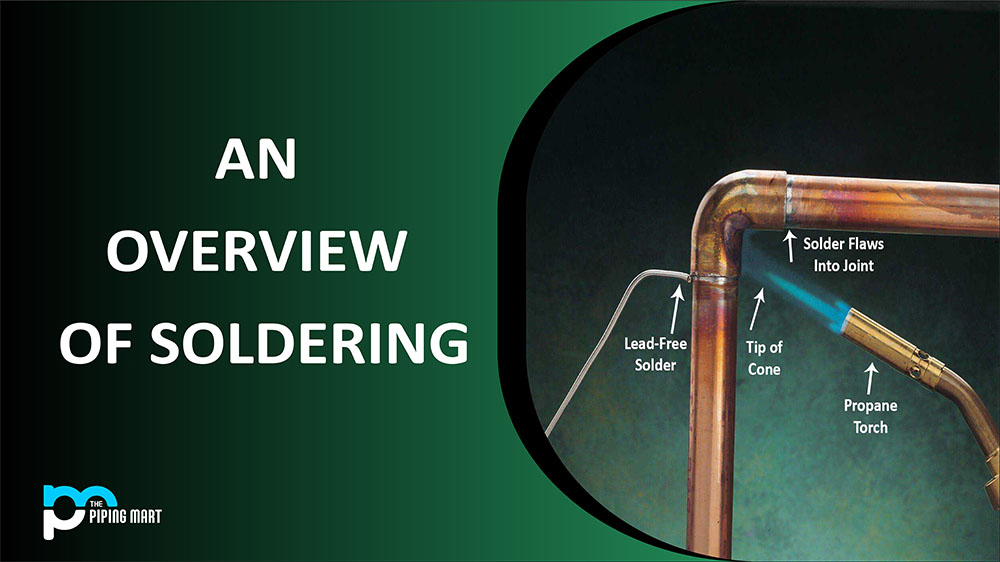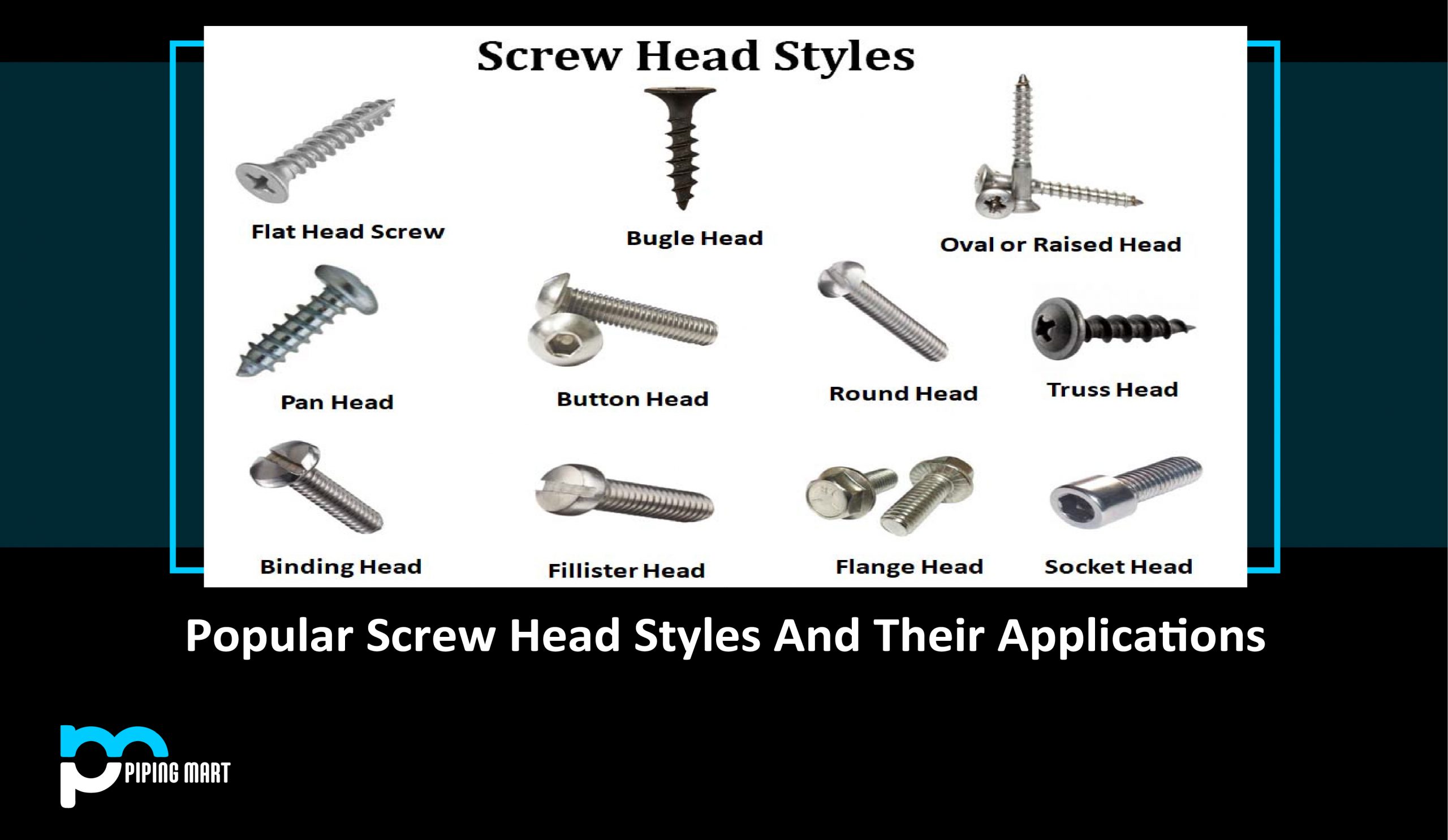A creep is a form of deformation that occurs in materials under constant stress or load. It is a slow, time-dependent process that can significantly adversely affect the performance and durability of materials in various applications. Understanding the factors that affect creep is crucial in designing and selecting materials for long-term use and preventing premature failure. In this blog post, we will explore the science behind creep and the various factors that contribute to this phenomenon.
Temperature
One of the most significant factors influencing creep is temperature. As temperature increases, so does the rate of creep. This is due to the activation of additional mechanisms within the material at higher temperatures. The activation energy required for creep is reduced for metallic materials, leading to more slip and dislocation movement. For polymers, an increase in temperature leads to increased chain mobility, which promotes creep.
Load/Stress
The load or stress applied to a material also significantly impacts its creep behaviour. Higher stresses lead to multiple levels of creep deformation. High-stress environments can cause creep to initiate at lower temperatures. Staying below the material’s yield point when designing with creep in mind is essential. Reaching yield will cause the material’s strength to decline, which could lead to failure.
Alloying Elements
The addition of alloying elements can also considerably impact creep behaviour. Adding elements like molybdenum, tungsten, and chromium to steel can improve creep strength by inhibiting grain growth, precipitating additional hard phases, and slowing down the propagation of microstructural defects. It can also lower the rate at which creep develops with temperature and strain.
Environmental Factors
Environmental factors such as moisture, air, and corrosive media can all impact creep behaviour. Moisture can reduce mechanical properties and promote environmental cracking, while environmental corrosion can accelerate creep by promoting the formation of voids, cracks, and grain boundary sliding. Therefore, selecting the right material is essential when designing applications for harsh environments.
Microstructure
The microstructure of a material is critical in determining its creep behaviour. For metals, both grain size and direction play a crucial role. For example, smaller grain sizes and finer grains improve creep strength. Heat treatments and other processes like hot isostatic pressing can also improve the material’s structure, which can help prevent creep.
Conclusion
In summary, creep is a significant concern in material applications where materials are subjected to long-term loads and stresses. The rate at which creep manifests depends on several factors, including temperature, load/stress, alloying elements, environmental factors, and microstructure. Designers must consider these factors when selecting materials for use in environments with high-temperature and high-stress loads. Understanding the science behind creep and mitigating these factors can help us select and design materials that can withstand these harsh environments and ensure long-lasting, reliable performance.

Hey, I’m Krutik, a casual blogger expert in the metal industry. I am passionate about providing valuable information to my readers. With a background in engineering and construction, I like playing Cricket & watching Netflix shows in my free time. Thank you for visiting my blog, and I hope you find my information helpful!




